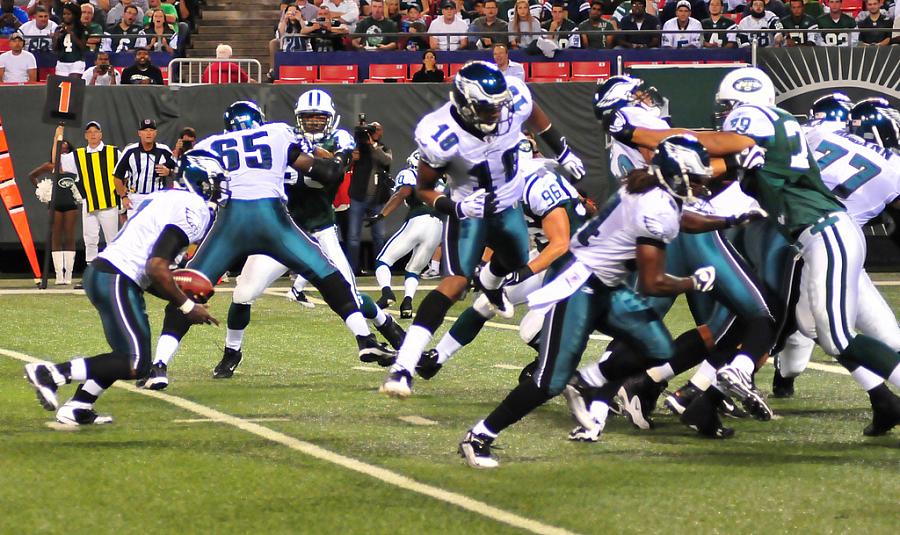A Public Death: NFL Concussion Crisis Documented with Death Certificates

It’s a debate that makes football fans cringe.
Does their beloved sport send some of the best players to an early grave or, short of that, lead to Alzheimer’s disease and other neurological disorders?
Six years ago, when the Seattle Seahawks played in the Super Bowl, I hosted a party. Nobody talked about brain damage or premature mortality.
This season, even though the Seahawks’ new lineup is giving fans renewed optimism, every game leads to a conversation about the health impact of certain hits on the field. And that’s a good thing. For football players, of course. And for fans, too.
One of the unsung heroes in the effort to make football safer is the lowly death certificate.
The National Institute for Occupational Safety and Health (NIOSH) reported earlier this month that professional football players die four times more frequently from Alzheimer's or Lou Gehrig's disease than everyone else.
The study, published in Neurology, was quite large, Amy Norton at Reuters reported.
The researchers had data on 3,439 players who spent at least five seasons in the NFL between 1959 and 1988.
By the end of 2007, 10 percent of those men had died -- only about half the rate that would be expected among U.S. men their age.
"So overall, this cohort is very healthy," Lehman said. "It's only deaths from neurodegenerative causes where we see a higher risk."
Seven players had Alzheimer's listed on their death certificate, and the same number had amyotrophic lateral sclerosis (ALS) -- commonly known as Lou Gehrig's disease.
Those are small numbers, Lehman said, but the rate of each disease was about four times higher than would be expected in the general population.
Wouldn’t it be great if reporters around the country could add to this evidence base? This is an important goal for three reasons.
1. We are just now starting to take the problem of head injuries in football and other sports seriously. The more health writers (and sports writers) can provide insight into what happens to players after they leave the game, the better regulators and the teams themselves will be able to make the changes that will actually work.
2. If problems with how the game is played or how players are protected are implemented at the top of the sport, it will be easier for those changes to be implemented in colleges and high schools, which are the pipeline, of course, for the NFL. With 1.1 million high school football players and more than 66,000 playing college football, that’s a lot of kids who could be saved from serious injuries.
3. Third, football is, for a great many people, the national sport. If you look at attendance at high school, college, and professional games, football leaves all other sports in the dust in terms of popularity. So anything that threatens the sport threatens something that gives millions of people a lot of joy.
To that end, I propose that when you find out about an ex-NFL player dying, try to get a copy of his death certificate. Then write about what you find. (And send me a copy at askantidote@gmail.com.) Talk to his family. Talk to his fellow players. Talk to his coach. Don’t just let him die in obscurity.
You don’t have to be a football fan to realize that a sport this popular with this many players has a health impact that goes far beyond what you see on TV.
Related Posts:
Works-in-Progress: A concussion debate
Repeated Concussions Can Cause Lifelong Damage to the Brain
What the NFL and the Homeless Have in Common
Photo credit: Ed Yourdon via Flickr
